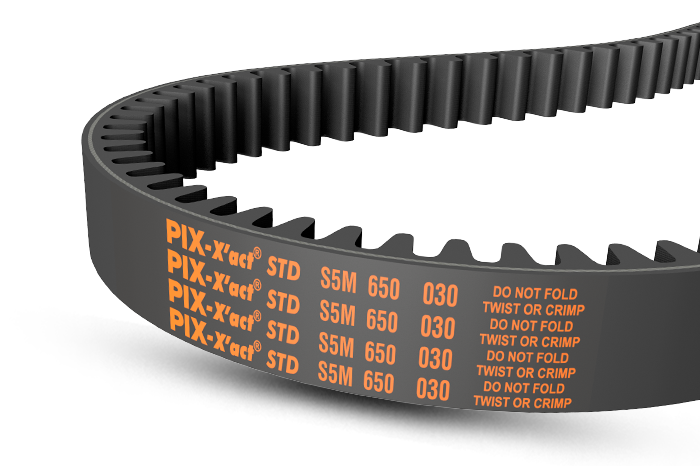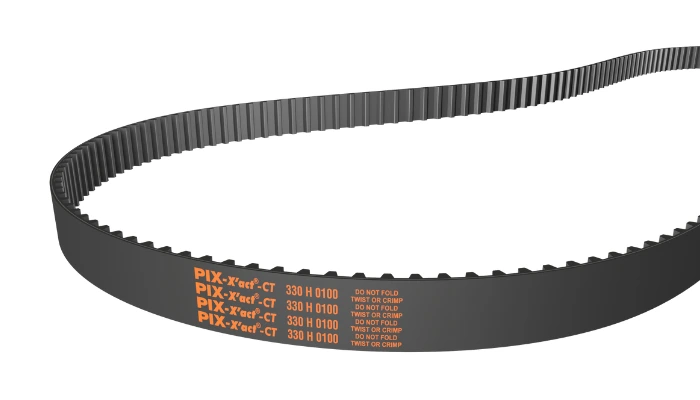
- About
- Products
-
Applications
- Industrial
- Automotive
- Agriculture
- Lawn & Garden
- Ceramic
- Cold Storage
- Food Processing
- Domestic Appliances
- Cement
- Leisure & Sport
- Machine Tools
- Mineral Ore Mining
- Oil & Gas
- Packaging
- Paper & Pulp
- Pharmaceutical
- Power Plant
- Rice/Flour Mill
- Steel
- Textile
- Forestry & Wood Working
- Buildings & Construction
- Recycling
- Accessories
- Media
- Sustainability
- Careers
- Contact






